
Photo Gallery | 172836 Views | May 06,2019
Mar 30 , 2025
By Ahmed T. Abdulkadir
A decade after Ethiopia’s socialist revolution, the military regime unveiled Dilachin — "Our Victory" in 1984, a towering monument erected on Churchill Avenue, near Ambassador Theater. Set in a park of 30,000Sqm, the memorial celebrated the revolution itself, the Ethiopian victory in a war with Somalia under Sied Barre (Col.), and honoured fallen Cuban soldiers who fought in this war. It featured a grand water fountain, an undeniable spectacle at the time.
But grandeur soon clashed with reality. In a city plagued by inadequate sanitation, the fountain quickly became an unintended public wash area, earning a notorious nickname, "the People’s Lavatory." Recognising a public health disaster, the authorities eventually turned off the taps.
Nearly four decades later, the monument still stands, though the regime that built it has long gone, replaced first by another political force with as much leftist legacy and then by dramatic political and economic shifts. Today, Addis Abeba bears little resemblance to the city of the 1980s; construction cranes punctuate the skyline, symbols of rapid urban development. Yet, despite notable modernisation, a problem persists stubbornly in water scarcity.
Residents struggle with uncertainty each morning, asking a question that should never require an answer.
Will there be water today?
Dry taps for days or even weeks force Addis Ababa residents to search for necessities daily. Those who can afford it pay steeply for deliveries: A litre is priced at one Birr, and drinking water costs up to 20 Br. The less fortunate gather with yellow jerrycans at public taps, queuing for hours. The problem is hardly a natural disaster but a management crisis.
Addis Abeba's daily water demand is 1.2 million cubic meters, yet supply barely meets 40pc. The core issues are infrastructure decay, policy stagnation, and regulatory failures. Astonishingly, 35pc of water entering the city’s pipeline leaks away, vanishing into broken and aging networks long overdue for replacement.
The disparity in water availability mirrors inequality. While informal settlements frequently run dry, affluent neighborhoods experience relatively consistent service. In areas such as Bisrate Gabriel neighborhood, wealthy households place large white tanks atop two- and three-story villas, securing reserves beyond what official rationing permits. Others bypass the municipal system entirely, drilling boreholes to access groundwater reserves, a rapidly diminishing resource.
Despite attempts to improve equitable distribution, efforts are undermined by infrastructural neglect and unchecked groundwater extraction, particularly acute in neighborhoods like Akaki-Qality, where wells run dry. Consequently, water access in a rapidly expanding capital has increasingly become a privilege rather than a right.
Addis Abeba's predicament is neither unique nor insurmountable. Global examples abound of cities overcoming similar challenges through innovative policy and investment.
Singapore, for instance, transitioned from acute scarcity to water sufficiency through its “Four National Taps” strategy, combining rainwater harvesting, desalination, wastewater recycling, and imports. Faced with its "Day Zero" emergency, Cape Town drastically curtailed per capita consumption through aggressive rationing and heightened public awareness. São Paulo adopted tiered pricing schemes and demand-management tactics, successfully reducing excessive usage while safeguarding basic access for the economically disadvantaged.
Such international precedents should offer Addis Abeba's officials a lesson. Urban water crises result more from managerial inadequacies than resource constraints. Cities confronting scarcity do not have to resign themselves to chronic water shortages. Long-term sustainability emerges clearly through better governance, investments in infrastructure modernisation, and intelligent distribution policies.
Several immediate actions are critical for Addis Abeba.
Reducing pipeline leakage should be an urgent priority. The city's recent corridor project signals progress, although the 35pc loss rate remains indefensible, given severe unmet demand. Stringent regulation of groundwater extraction is necessary to prevent further depletion, safeguarding reserves for future generations. Equitable distribution should be equally important. Implementing policies akin to São Paulo’s approach, charging higher fees for excessive consumption, could ensure fairness, offering basic water levels to everyone, irrespective of socioeconomic status.
City officials should pursue wastewater recycling and rainwater harvesting, both proven solutions in water-scarce contexts worldwide. Despite these remedies, Addis Abeba’s ongoing struggle illustrates a profound irony. The city’s crisis stems predominantly from mismanagement rather than natural limitations, uncovering a persistent gap between available solutions and policy initiatives.
Today, citizens know better than to use public fountains as bathing spots. But, nearly four decades after the monument's inauguration, they remain trapped by a problem whose solution lies not in grand gestures but in effective and sustainable governance. At Dilachin Monument, the fountain flows again, joined by numerous colorful displays across the capital, a superficial revival of water abundance. However, beneath the surface aesthetics, the enduring reality remains unchanged. Addis Abeba’s residents continue their daily struggle, thirsty and frustrated.
PUBLISHED ON
Mar 30, 2025 [ VOL
25 , NO
1300]

AhmedT. Abdulkadir (ahmedteyib.abdulkadir@addisfortune.net) is the Editor-in-Chief at Addis Fortune. With a critical eye on class dynamics, public policy, and the cultural undercurrents shaping Ethiopian society.

Photo Gallery | 172836 Views | May 06,2019

Photo Gallery | 163062 Views | Apr 26,2019

Photo Gallery | 152903 Views | Oct 06,2021

My Opinion | 136405 Views | Aug 14,2021

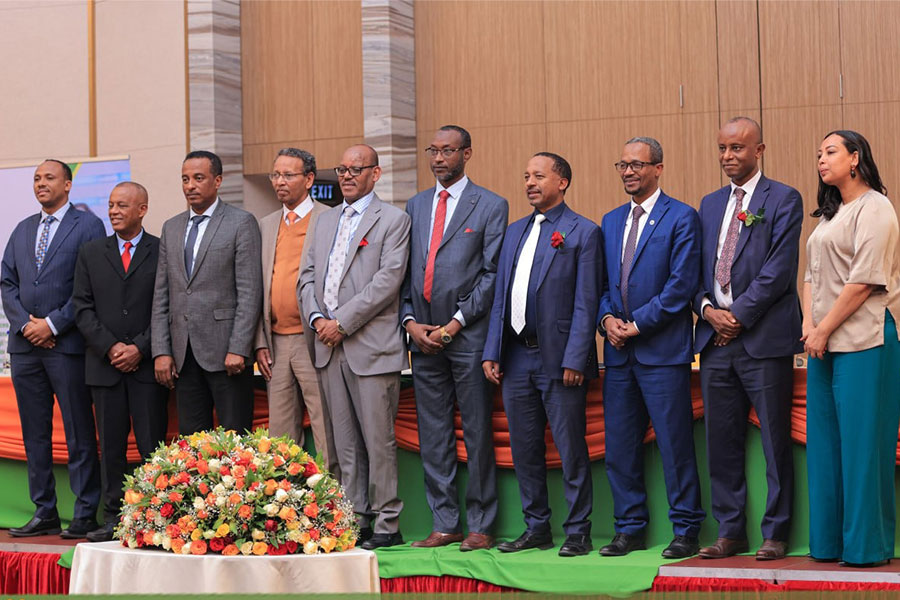



Dec 22 , 2024 . By TIZITA SHEWAFERAW
Charged with transforming colossal state-owned enterprises into modern and competitiv...

Aug 18 , 2024 . By AKSAH ITALO
Although predictable Yonas Zerihun's job in the ride-hailing service is not immune to...

Jul 28 , 2024 . By TIZITA SHEWAFERAW
Unhabitual, perhaps too many, Samuel Gebreyohannes, 38, used to occasionally enjoy a couple of beers at breakfast. However, he recently swit...

Jul 13 , 2024 . By AKSAH ITALO
Investors who rely on tractors, trucks, and field vehicles for commuting, transporting commodities, and f...
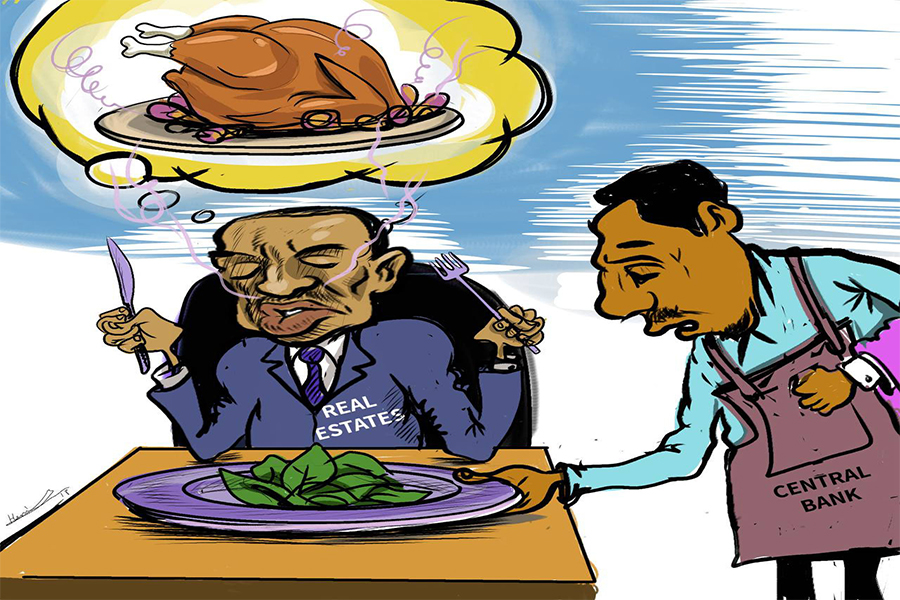
Oct 4 , 2025
Eyob Tekalegn (PhD) had been in the Governor's chair for only weeks when, on Septembe...

Sep 27 , 2025
Four years into an experiment with “shock therapy” in education, the national moo...
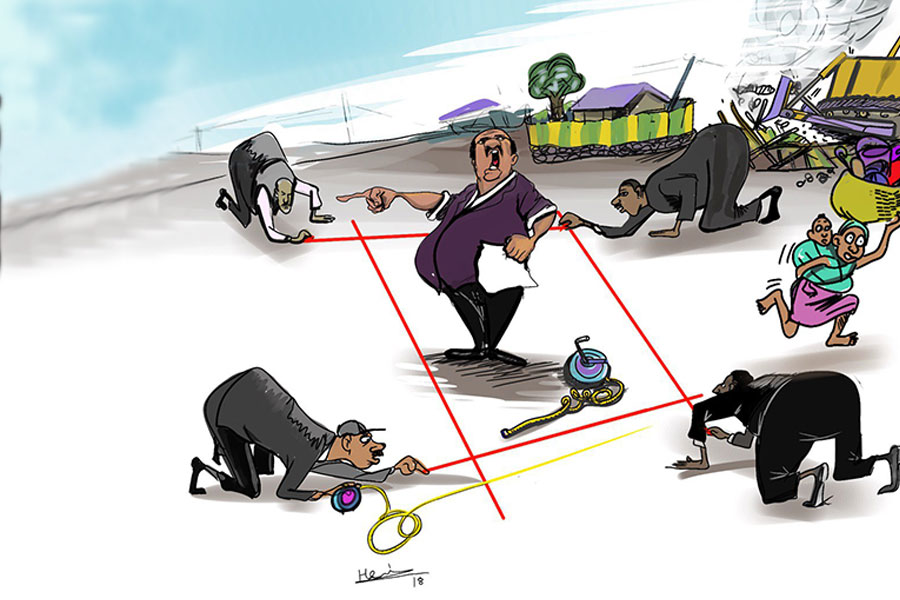
Sep 20 , 2025
Getachew Reda's return to the national stage was always going to stir attention. Once...
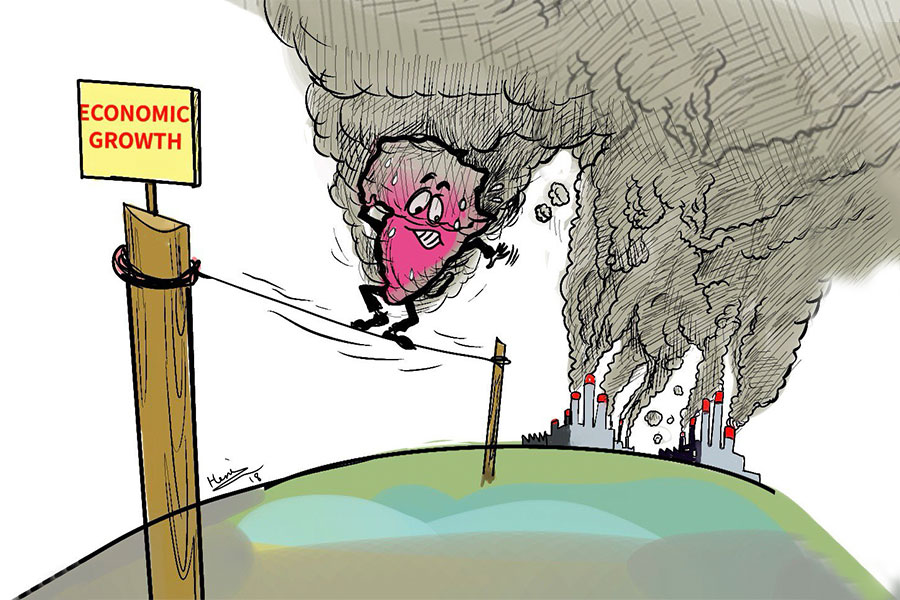
Sep 13 , 2025
At its launch in Nairobi two years ago, the Africa Climate Summit was billed as the f...

Oct 5 , 2025 . By NAHOM AYELE
In Meqelle, a name long associated with industrial grit and regional pride is undergo...

Oct 5 , 2025 . By BEZAWIT HULUAGER
The federal government is set to roll out a new "motor vehicle circulation tax" in th...
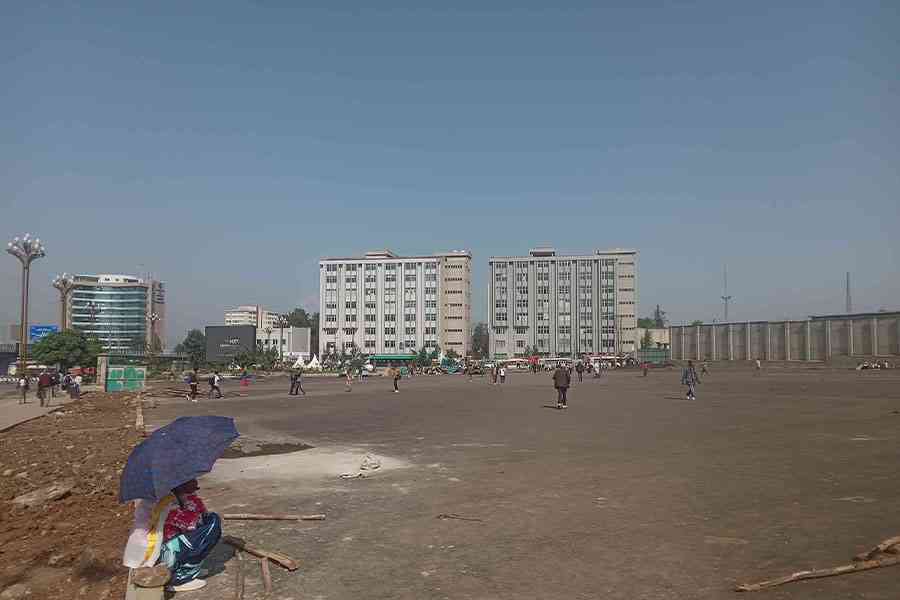
Oct 5 , 2025 . By NAHOM AYELE
The Bank of Abyssinia is wrestling with the loss of a prime plot of land once leased...

Oct 5 , 2025 . By BEZAWIT HULUAGER
The Customs Commission has introduced new tariffs on a wide range of imported goods i...